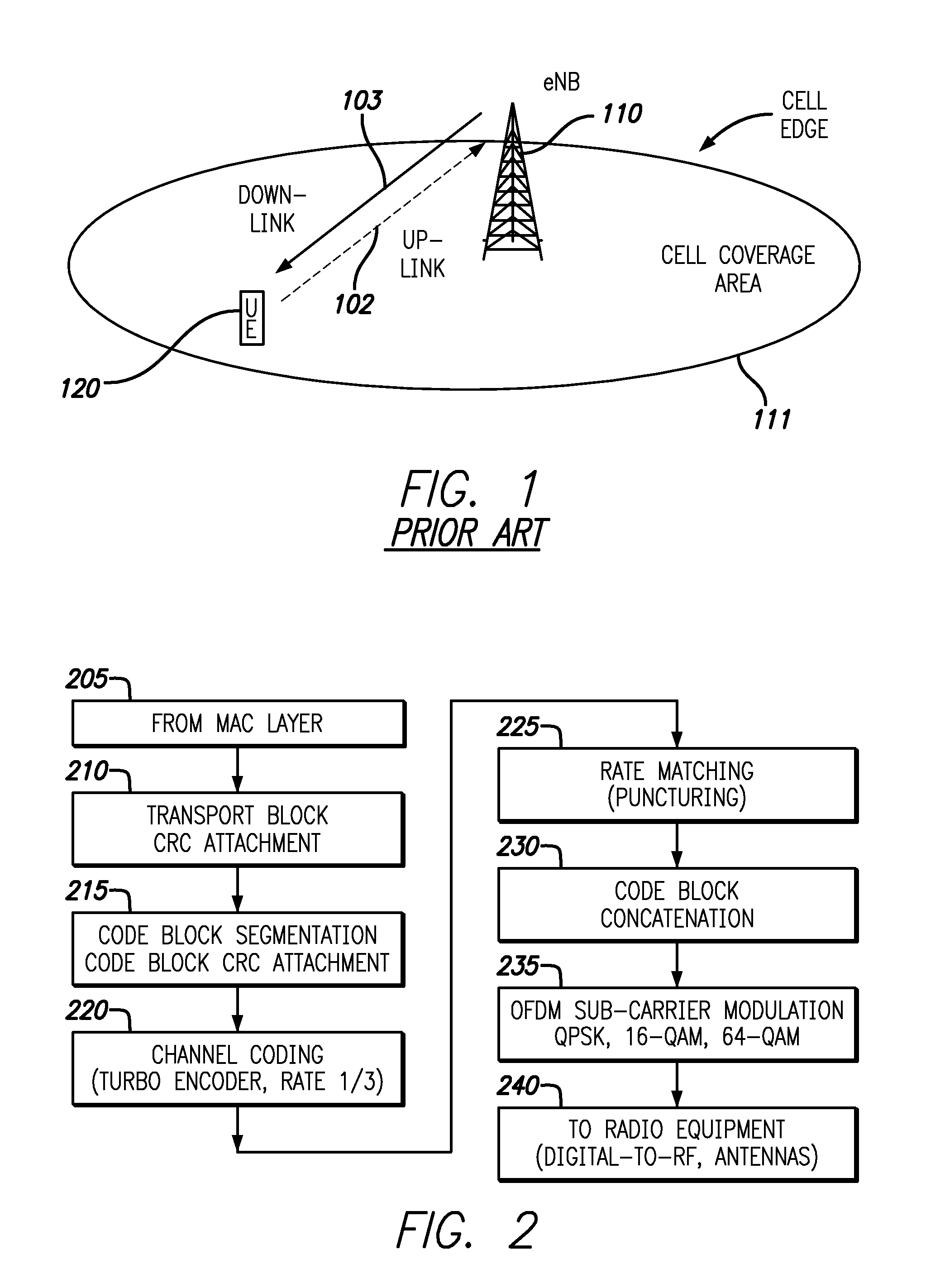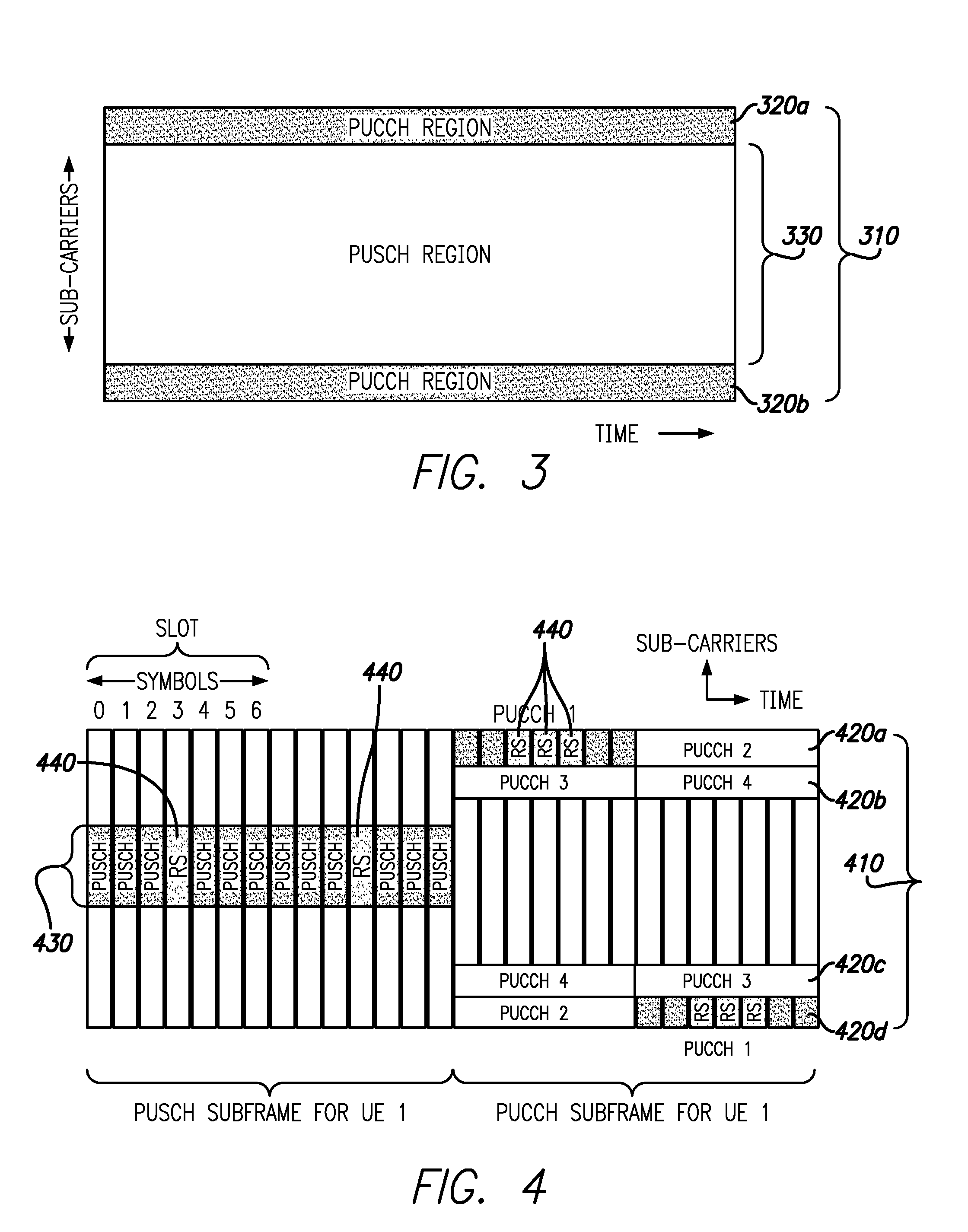Data throughput for cell-edge users in a LTE network using down-link repeaters and up link HARQ relays
a data throughput and cell-edge technology, applied in the field of wireless network radio communication systems, can solve the problems of repeaters amplify and generate noise in the up-link and down-link bands, relays likewise have deficiencies which are problematic, and cell-edge users often experience the lowest data throughput within the cell
- Summary
- Abstract
- Description
- Claims
- Application Information
AI Technical Summary
Benefits of technology
Problems solved by technology
Method used
Image
Examples
Embodiment Construction
[0032]Embodiments provide systems and methods for improving data throughput for cellular phones located near a cellular communication system, such as, for example, near an edge of a Long Term Evolution (“LTE”) network. In an embodiment, a co-located up-link relay and a down-link repeater sharing common donor and service antennas are employed which have advantages as compared to conventional bi-directional relays and bi-directional repeaters. For example, conventional bi-directional repeaters generate noise across the entire up-link band which is more problematic for the up-link signal because the emission from user equipment (“UE”) requiring amplification is only a small fraction of the up-link band. Moreover, conventional bi-directional relays exhibit problems with the down-link communication because the down-link HARQ is asynchronous which prevents the relay from predicting when the retransmission will be made by the eNB.
[0033]As used herein and consistent with well known terminol...
PUM
 Login to View More
Login to View More Abstract
Description
Claims
Application Information
 Login to View More
Login to View More - R&D
- Intellectual Property
- Life Sciences
- Materials
- Tech Scout
- Unparalleled Data Quality
- Higher Quality Content
- 60% Fewer Hallucinations
Browse by: Latest US Patents, China's latest patents, Technical Efficacy Thesaurus, Application Domain, Technology Topic, Popular Technical Reports.
© 2025 PatSnap. All rights reserved.Legal|Privacy policy|Modern Slavery Act Transparency Statement|Sitemap|About US| Contact US: help@patsnap.com



